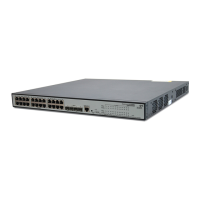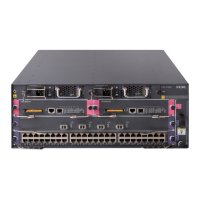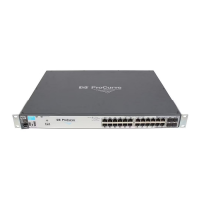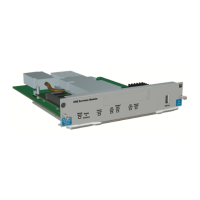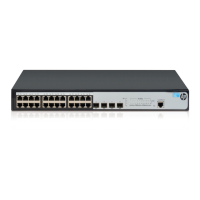315
EAP over RADIUS
RADIUS adds two attributes, EAP-Message and Message-Authenticator, for supporting EAP
authentication. For the RADIUS packet format, see the chapter “RADIUS configuration.”
EAP-Message
RADIUS encapsulates EAP packets in the EAP-Message attribute, as shown in Figure 282. The Type field
takes 79, and the Value field can be up to 253 bytes. If an EAP packet is longer than 253 bytes, RADIUS
encapsulates it in multiple EAP-Message attributes.
Figure 282 EAP-Message attribute format
Message-Authenticator
RADIUS includes the Message-Authenticator attribute in all packets that have an EAP-Message attribute
to check their integrity. The packet receiver drops the packet if the calculated packet integrity checksum
is different than the Message-Authenticator attribute value. The Message-Authenticator prevents EAP
authentication packets from being tampered with during EAP authentication.
Figure 283 Message-Authenticator attribute format
Initiating 802.1X authentication
Both the 802.1X client and the access device can initiate 802.1X authentication.
802.1X client as the initiator
The client sends an EAPOL-Start packet to the access device to initiate 802.1X authentication. The
destination MAC address of the packet is the IEEE 802.1X specified multicast address
01-80-C2-00-00-03 or the broadcast MAC address. If any intermediate device between the client and
the authentication server does not support the multicast address, you must use an 802.1X client, the
iNode 802.1X client for example, that can send broadcast EAPOL-Start packets.
Access device as the initiator
The access device initiates authentication, if a client, the 802.1X client available with Windows XP for
example, cannot send EAPOL-Start packets.
The access device supports the following modes:
Multicast trigger mode—The access device multicasts Identity EAP-Request packets periodically
(every 30 seconds by default) to initiate 802.1X authentication.
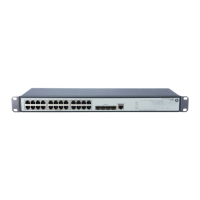
